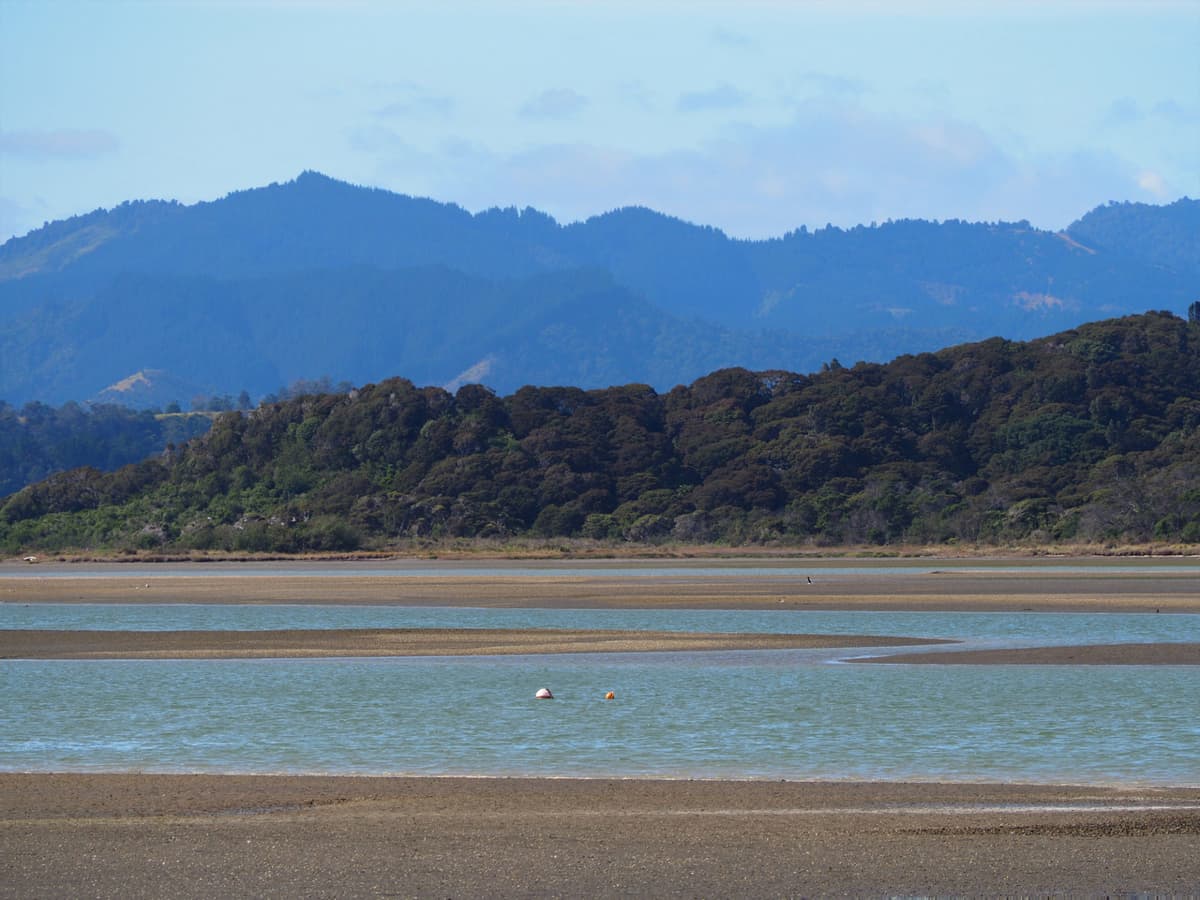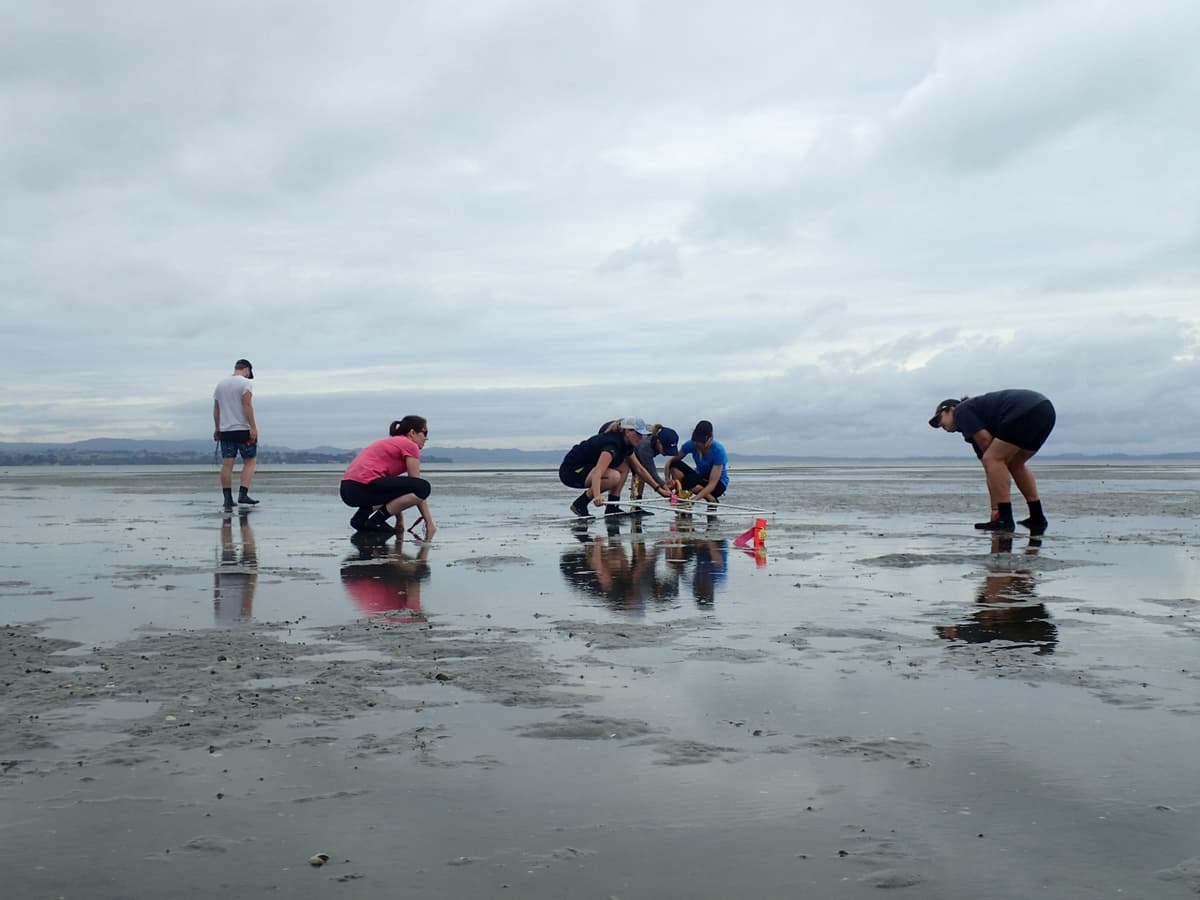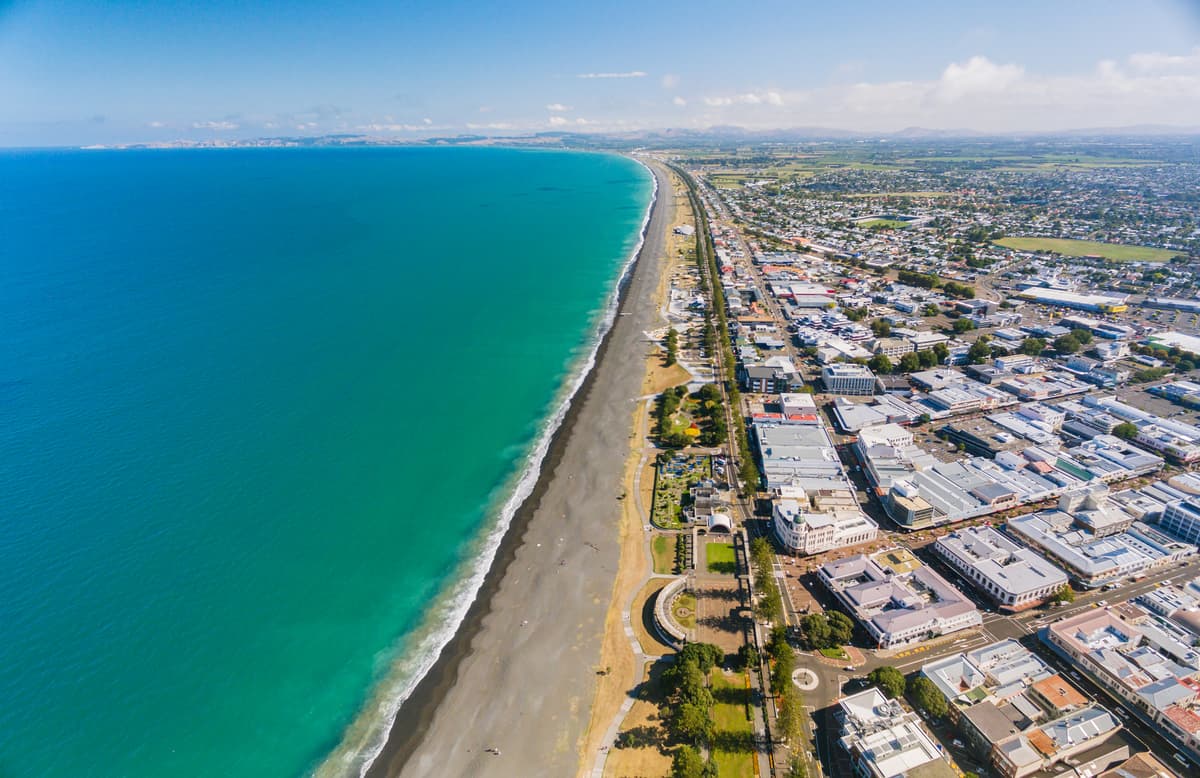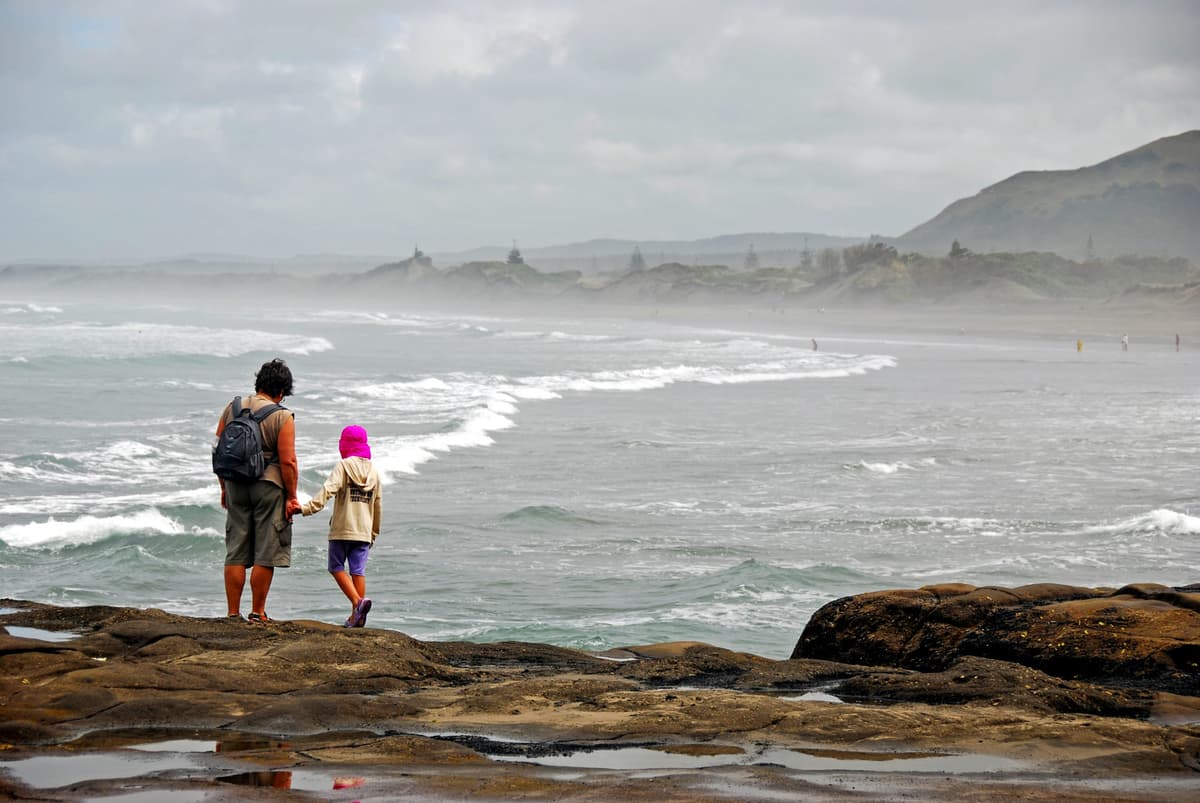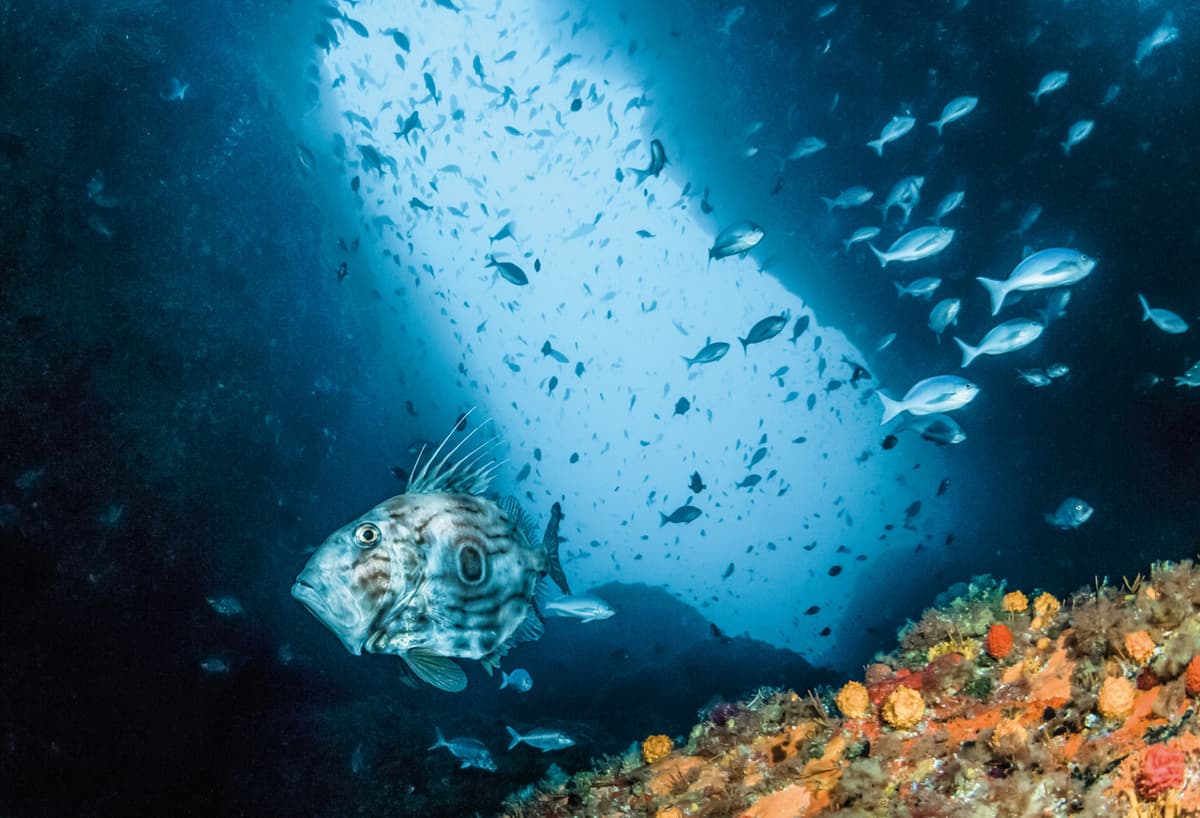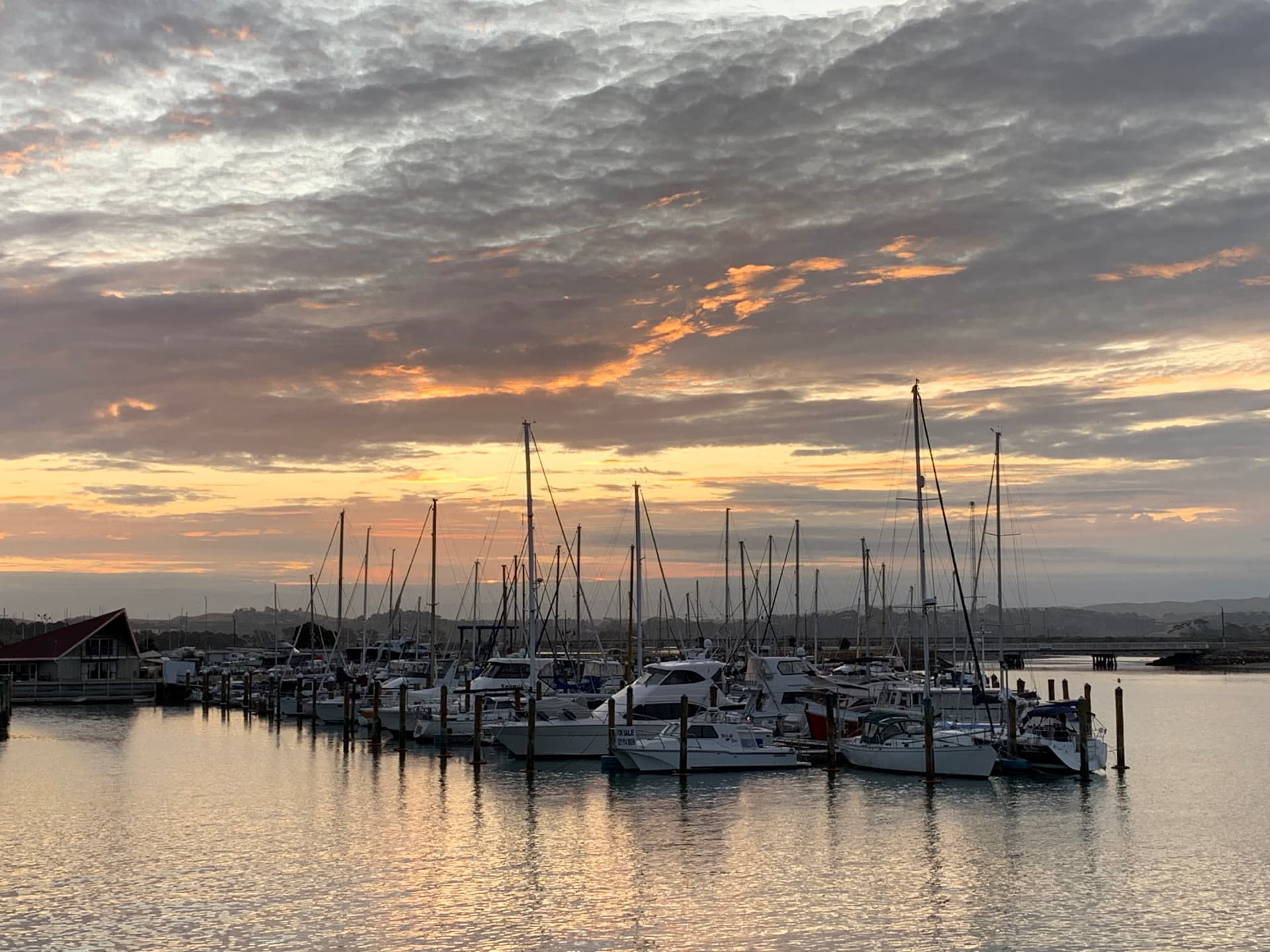

We are incorporating cumulative effects of multiple stressors (from human activities on land and sea) into decision-making tools.
| Project Leader | Duration | Budget |
|---|---|---|
| Carolyn Lundquist (NIWA) | June 2020 – June 2023 | $1,100,000 |
One of the challenges of ecosystem-based management (EBM) is the difficultly of incorporating the cumulative effects of multiple stressors into decision-making. Current marine management practice typically focuses on single stressors, or single sectors, single habitats, or single species. However, the interactions between multiple stressors and where and when a stressor footprint occurs are important considerations when determining effects on ecosystems.
Few tools exist to assess the cumulative effects of multiple stressors in marine ecosystems. This makes effective management difficult and can be a source of uncertainty in management decisions around an ecosystem’s capacity to cope with the effects of new activities.
To address this issue, this project will build the capacity of existing marine spatial management tools to include assessment of cumulative effects.
Specifically, this project will incorporate the findings from the Ecological responses to cumulative effects project (which is looking at the interactions between stressors, and how these stressors act both singularly and in combination) into new decision support tools. These new tools can help decision-makers better understand cumulative effects and develop robust criteria for assessing whether new activities can be accommodated or are likely to trigger an ecological tipping point.
This project is developing 3 models that will be user-tested at the national, regional and local rohe moana levels and include SeaSketch education support tools. These models are:
Carolyn Lundquist (NIWA)
Amy Whitehead (NIWA)
Anne-Gaelle Ausseil (Manaaki Whenua – Landcare Research)
James Whetu (Whetu Consulting)
Hilke Giles (Pisces Consulting Limited)
Tom Brough (NIWA)
Stephanie Watson (University of Waikato)
Shane Geange (DOC)
Hugh Smith (Manaaki Whenua – Landcare Research)
This project has produced or contributed to:
